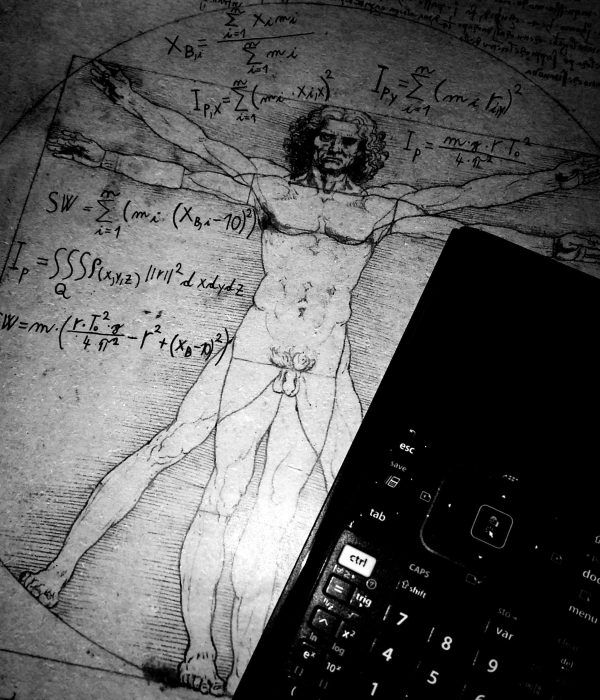WHAT IS IMPACTING TENNIS ?
"We can attribute one's success to something we can never have, or we can embrace them as our masters and learn what are the secrets to their mastery."
Tennis, among sports like golf, is unique in a way that it’s a sport were equipment plays a crucial role and requires a high level of personalization. I’ve seen too many players and coaches treat rackets like basketball. Tennis equipment is too often seen just as a tool used to play the sport, and you should just focus on how to play the sport and not what you use to play it. Maybe one day, there will be a rule change to require all players use the same rackets, but for the time being that is not the case and we should focus in great detail to unlock the potential of tennis equipment.
I’ve devoted a lot of o time and research to understanding every playing style, grip, technique, racket specifications, player physique etc., in order to understand the whole picture of how all these variables form a tennis player and his specific game style. It’s hard for me to watch most of the young up and coming players all use similar rackets specs and developing the same playing style. For me, it’s no surprise that the so-called »big 4« still can’t be touched, and it doesn’t seem there is anyone on the horizon to replace them. They each have a very specific game style to match perfectly with their racket specifications., to set them apart from the herd. Perhaps one that stands out the most is Federer, because of how he and his team transformed his game between 2016 and 2017 seasons by increasing the MGR/I of his racket.
" What is seen as great talent by many, can be seen as the right racket set up for one's abilities as a whole. "

Have you ever wondered what set’s apart world class players from a very good professional player? Well sure you might argue it’s their physique. We can’t ignore that guys like Nadal and Djokovic are among the earth’s mightiest warriors. But how to compete with those guys if you are build like…well an average human being. We all know that one guy who has figured it out…yes it’s Roger. And many others…

They seemingly have that little extra special thing that lets them play differently. They can produce shots that others can’t. They hit a spinnier ball than anyone else. They create pace with seemingly no effort. Their strokes, grip styles, swing paths seem unorthodox, but more effective. What do all these players have in common? One might say it’s talent, something they were born with. But as any successful person can tell you, talent has nothing to do with one’s world-class mastery. Hard work is the right answer, but not entirely, especially not in tennis. What is it then?